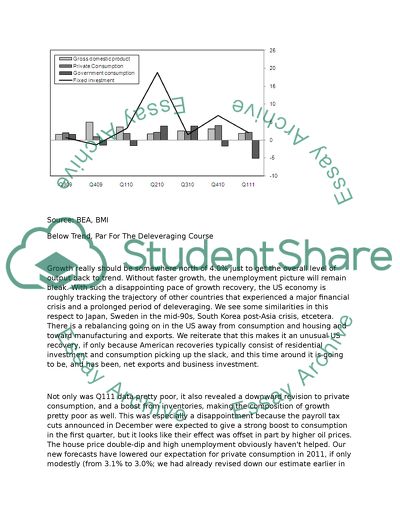Cite this document
(“International Money and Finance (Final stage 3) Essay - 1”, n.d.)
Retrieved from https://studentshare.org/mathematics/1424151-international-money-and-finance-final-stage
Retrieved from https://studentshare.org/mathematics/1424151-international-money-and-finance-final-stage
(International Money and Finance (Final Stage 3) Essay - 1)
https://studentshare.org/mathematics/1424151-international-money-and-finance-final-stage.
https://studentshare.org/mathematics/1424151-international-money-and-finance-final-stage.
“International Money and Finance (Final Stage 3) Essay - 1”, n.d. https://studentshare.org/mathematics/1424151-international-money-and-finance-final-stage.


